- By Paul-David Bazille, master goldsmith from 1766 to 1793
- Montpellier, 1774-1775
- Weight: 1120g (186g on average for a cutlery)
- Very good condition, repolished spatulas, very beautiful hallmarks (well marked)
- Set of heavy cutlery with double teardrop thread, cited by 18th century goldsmiths as a so-called “English” model. This model, characteristic of the beautiful table production of the goldsmiths of Montpellier, is also found in Bordeaux and Strasbourg.
They are characterized by a greater weight than the plain-dish and threaded cutlery produced by the goldsmith. From this model are known from the same goldsmith a pair of stew spoons dated 1771-1772 ([2] p.57 n°33) and a cutlery from 1772 kept at the Musée des Arts Décoratifs in Paris ([2] p.59 n°36, Inv.53669). From the goldsmith Etienne I Belleville, we know a stew spoon from 1761-1762 ([2] n°51 p.69)
- Hallmarks (on the stem): Master goldsmith: P between two remedy points, DB, surmounted by a three-pointed crown for Paul-Davis Bazille, master goldsmith in Montpellier from 1766 to 1793 ([2] p. 53 & [4] t.III); warden's mark: Z crowned between two points on the letters MPL, Montpellier, 1774-1775 ([4]); charge: an ermine under a crown, Montpellier, 1768-1775 ([3] n°579b & [4]); discharge: two crossed laurel branches, Montpellier, 1775-1781 ([3] n°580c & [4])
- Ref. : [1] Deguara, Laurent : « Travail d’orfèvrerie », Musée languedocien, exposition du 21 octobre 2011 au 30 juin 2012, Montpellier, 2011 ; [2] Deguara, Laurent : « Orfèvrerie de Montpellier et du Languedoc, Généralité de Montpellier, XVIIe & XVIIIe siècle », Exposition au Musée Languedocien du 20 juin au 19 octobre 1996, Société Archéologique de Montpellier, 1996 ; [3] Helft, Jacques : « Poinçons des Provinces Françaises », Ed. F. de Nobele, Paris, 1968 ; [4] Thuile, Jean : « Histoire de l’orfèvrerie du Languedoc, Généralités de Montpellier et de Toulouse », Ed. F. de Nobele, Paris, 1964


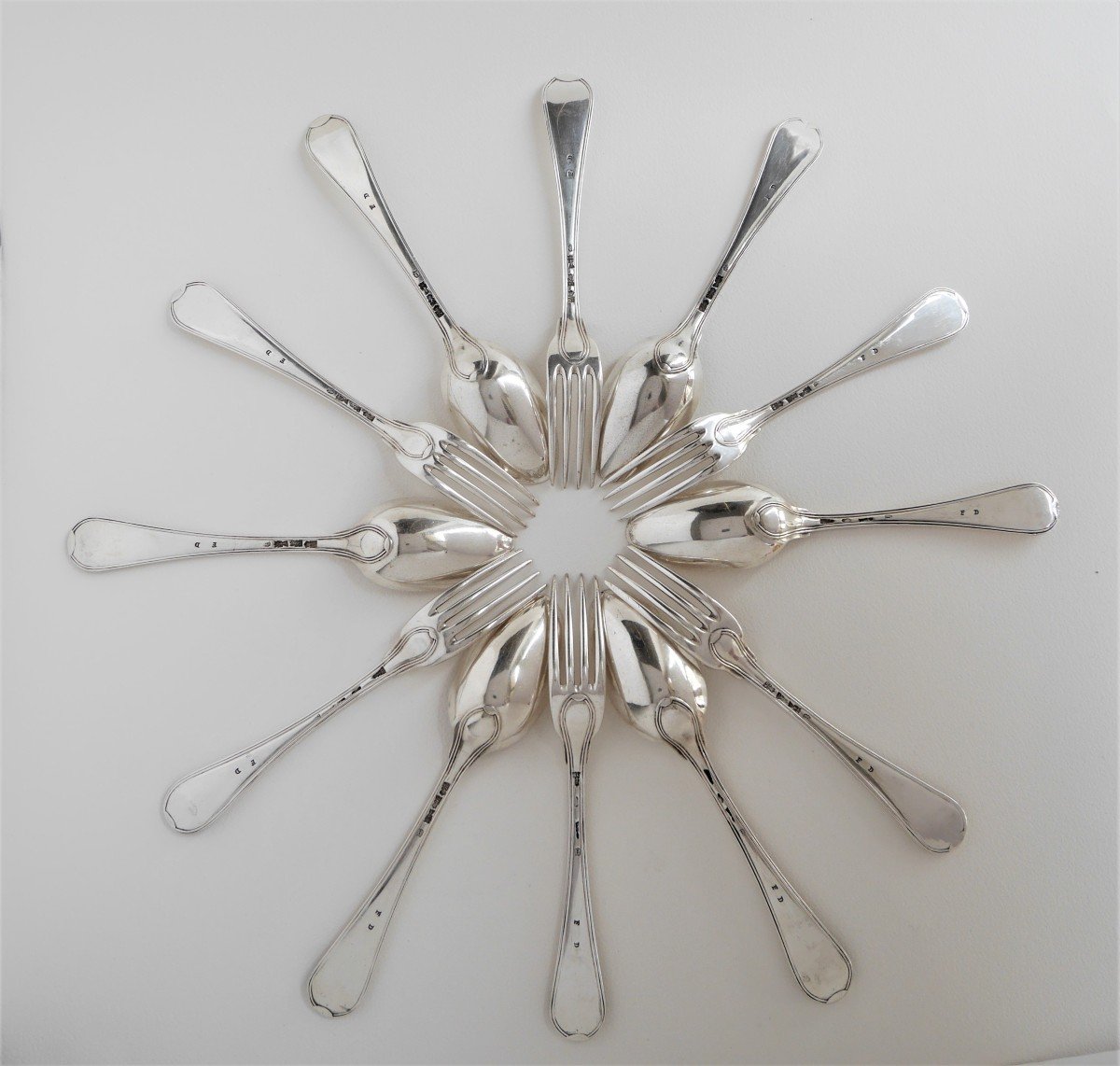

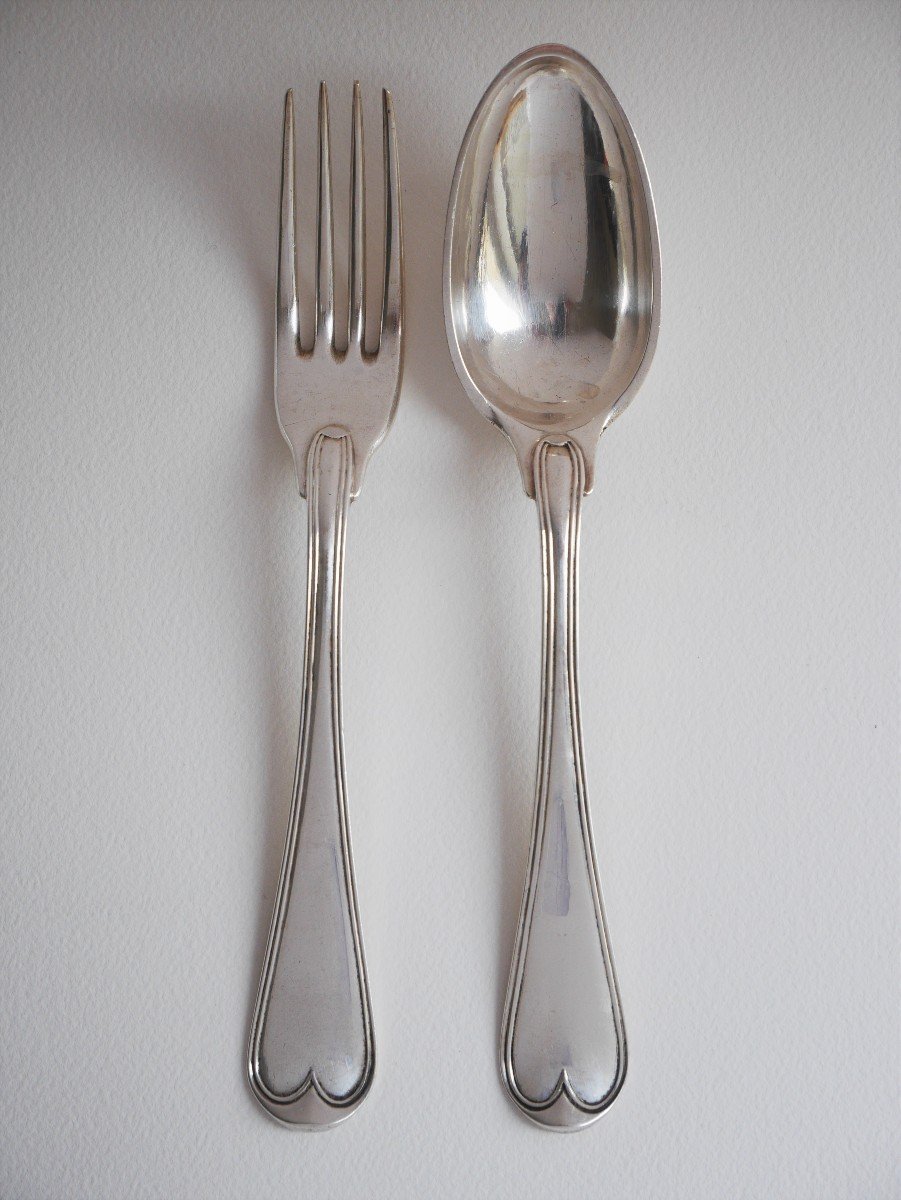
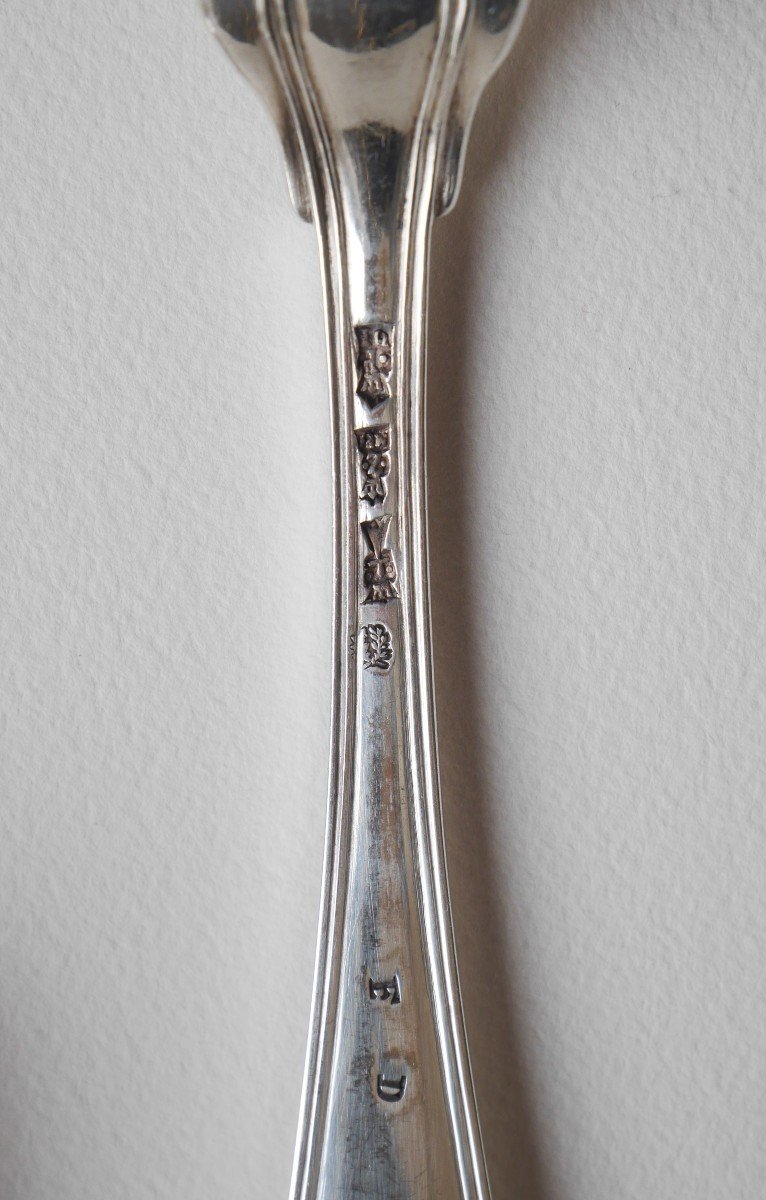





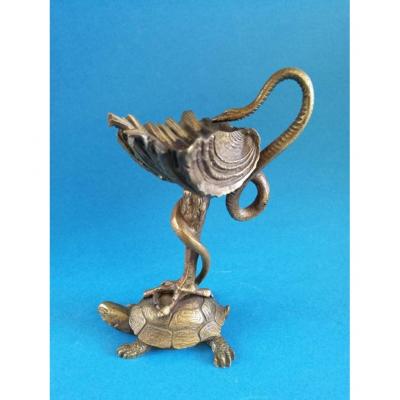
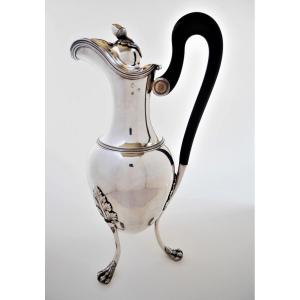
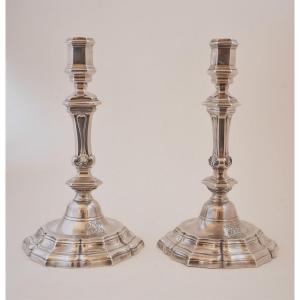



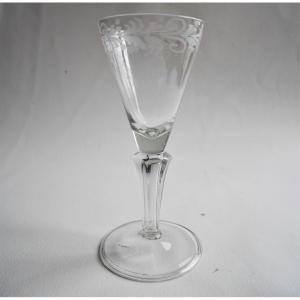





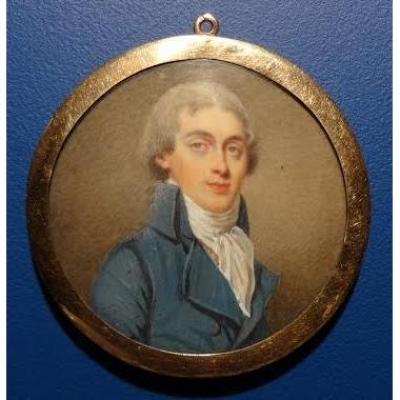
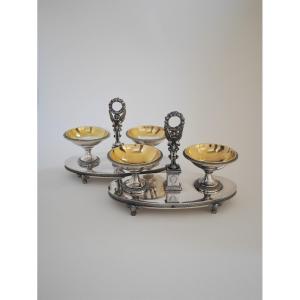


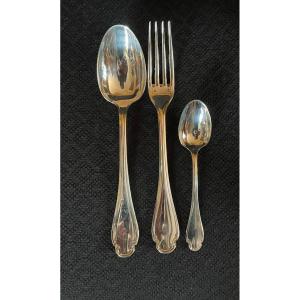

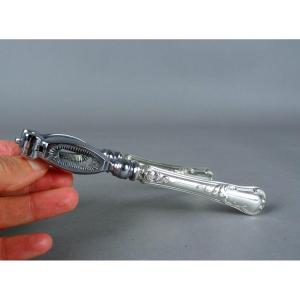




 Le Magazine de PROANTIC
Le Magazine de PROANTIC TRÉSORS Magazine
TRÉSORS Magazine Rivista Artiquariato
Rivista Artiquariato